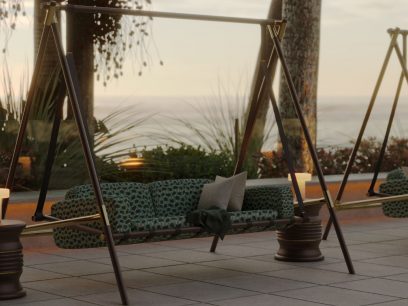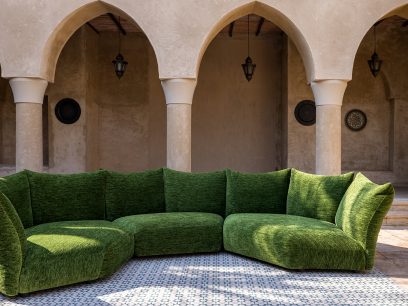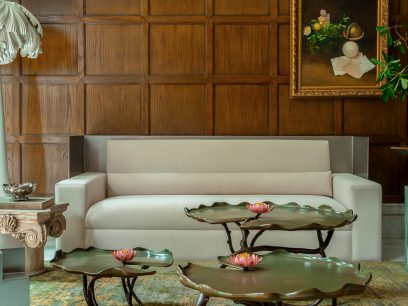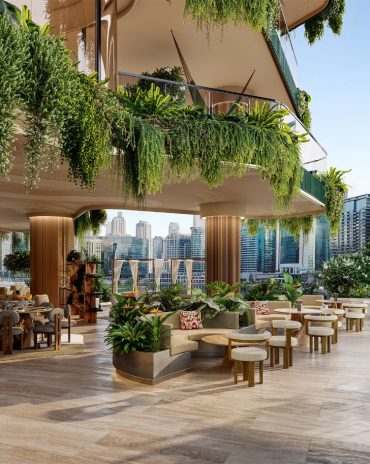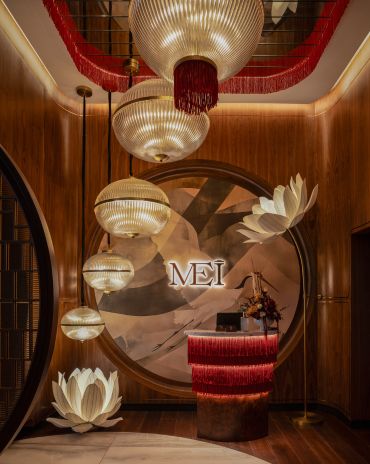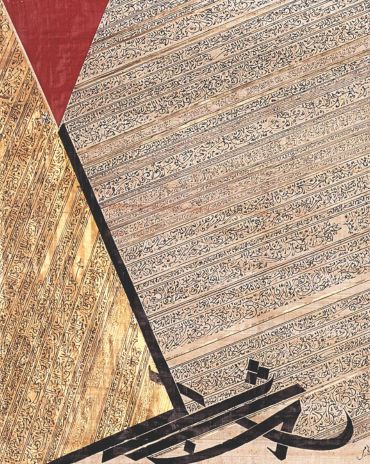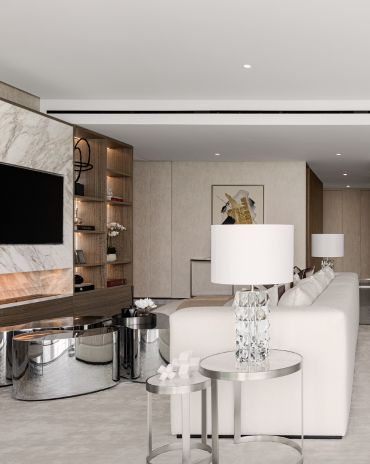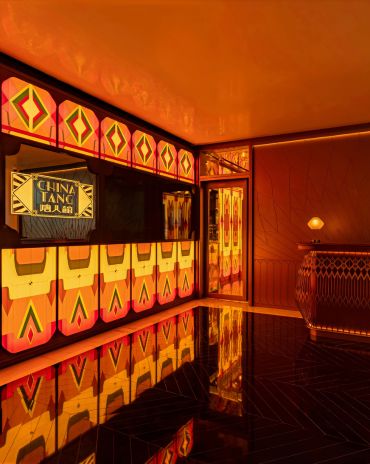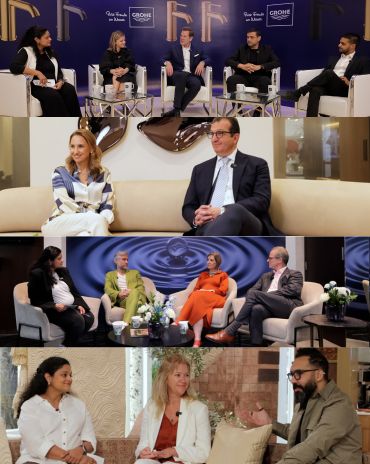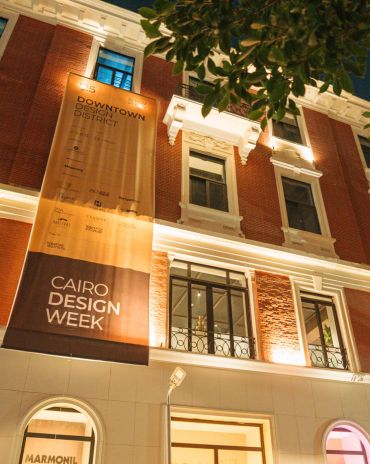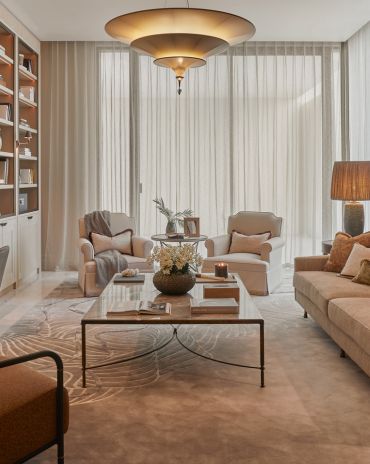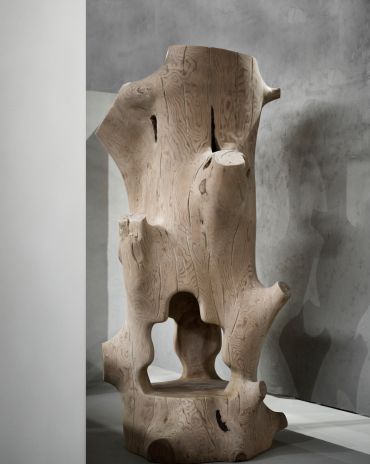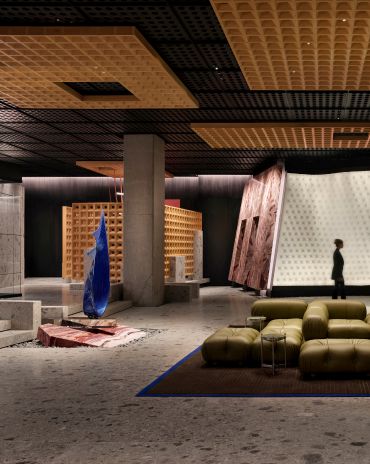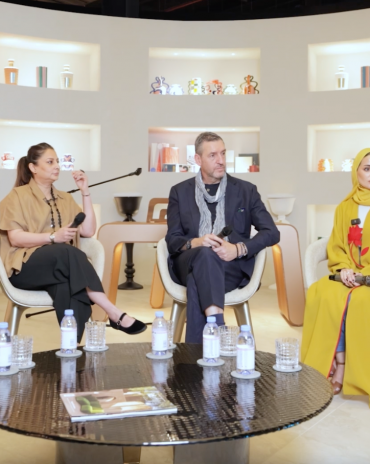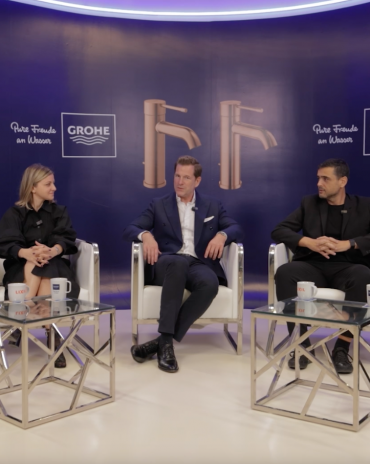Copyright © 2025 Motivate Media Group. All rights reserved.
60 years of the PH Artichoke lamp
We are chronicling the people, places and objects that will stand the test of time.
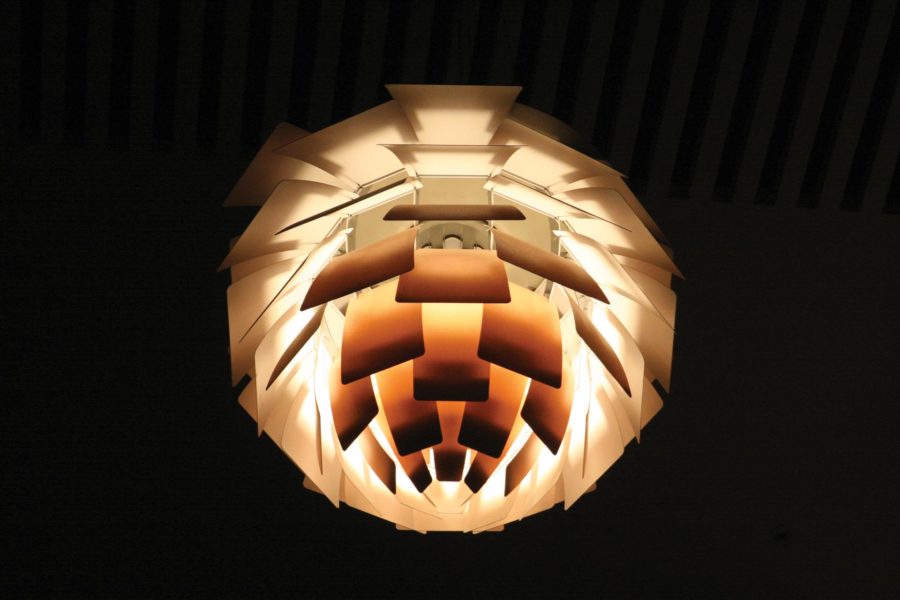
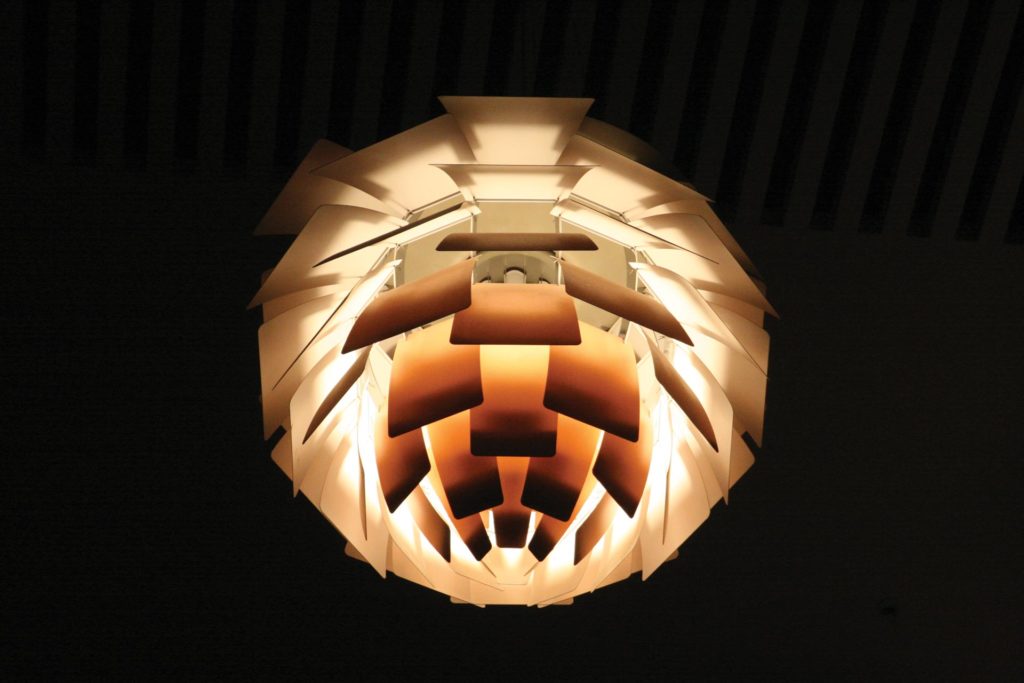 Over six decades ago, Poul Henningsen’s fascination and experience with light resulted in the one of the most beautiful, refined and enduring lighting objects of the 20th century.
Over six decades ago, Poul Henningsen’s fascination and experience with light resulted in the one of the most beautiful, refined and enduring lighting objects of the 20th century.
Born in Copenhagen in 1894, and the son of a famous Danish actress, Poul Henningsen studied at The Technical School at Frederiksberg, Denmark, and then at Technical College in Copenhagen.
He was educated, and initially practiced, as an architect, but achieved greater success – and fame – as writer, critic and lighting designer.
His PH-lamp of 1925 featured the careful, elegant approach that characterised all his designs – manipulating rays from its bulb so that illumination was both uniform and glare-free.
Henningsen is often referred to in Denmark simply as PH, and his initials form part of many of his creations, including that of perhaps his greatest: the PH Artichoke pendant.
This celebrated light fixture was created in 1958 for the Langelinie Pavillonen restaurant in Copenhagen, where it still hangs – testament to the lasting appeal of its iconic sculptural design.
Though widely known by its English name, PH Artichoke is referred to in many countries by the literal translation of its original Danish name: PH Kogle (conifer cone).
Available in three different sizes and finished in copper, wet painted white or brushed stainless steel, PH Artichoke features 72 laser-cut or stamped leaves, which are carefully positioned to form 12 unique rows of six leaves, and work with the chrome inner diffuser to ensure that the glare-free light is evenly reflected in a unique pattern.
Stainless steel aircraft cables are used to mount the light, which is unusually heavy – typically weighing between eight and 28 kilogrammes.
The PH Artichoke is, and has always been, manufactured by Louis Poulsen Lighting, with much of the production process carried out by hand.
Henningsen’s collaboration with Louis Poulsen began in 1925 and endured until he died. The company also played a role in his literary success – with its then-CEO, Sophus Kaastrup-Olsen, giving editorship of its own magazine to the designer as a gift, following his dismissal from a Danish newspaper due to his radical opinions.
Read more features here.
The Latest
How Eywa’s design execution is both challenging and exceptional
Mihir Sanganee, Chief Strategy Officer and Co-Founder at Designsmith shares the journey behind shaping the interior fitout of this regenerative design project
Design Take: MEI by 4SPACE
Where heritage meets modern design.
The Choreographer of Letters
Taking place at the Bassam Freiha Art Foundation until 25 January 2026, this landmark exhibition features Nja Mahdaoui, one of the most influential figures in Arab modern art
A Home Away from Home
This home, designed by Blush International at the Atlantis The Royal Residences, perfectly balances practicality and beauty
Design Take: China Tang Dubai
Heritage aesthetics redefined through scale, texture, and vision.
Dubai Design Week: A Retrospective
The identity team were actively involved in Dubai Design Week and Downtown Design, capturing collaborations and taking part in key dialogues with the industry. Here’s an overview.
Highlights of Cairo Design Week 2025
Art, architecture, and culture shaped up this year's Cairo Design Week.
A Modern Haven
Sophie Paterson Interiors brings a refined, contemporary sensibility to a family home in Oman, blending soft luxury with subtle nods to local heritage
Past Reveals Future
Maison&Objet Paris returns from 15 to 19 January 2026 under the banner of excellence and savoir-faire
Sensory Design
Designed by Wangan Studio, this avant-garde space, dedicated to care, feels like a contemporary art gallery
Winner’s Panel with IF Hub
identity gathered for a conversation on 'The Art of Design - Curation and Storytelling'.
Building Spaces That Endure
identity hosted a panel in collaboration with GROHE.

